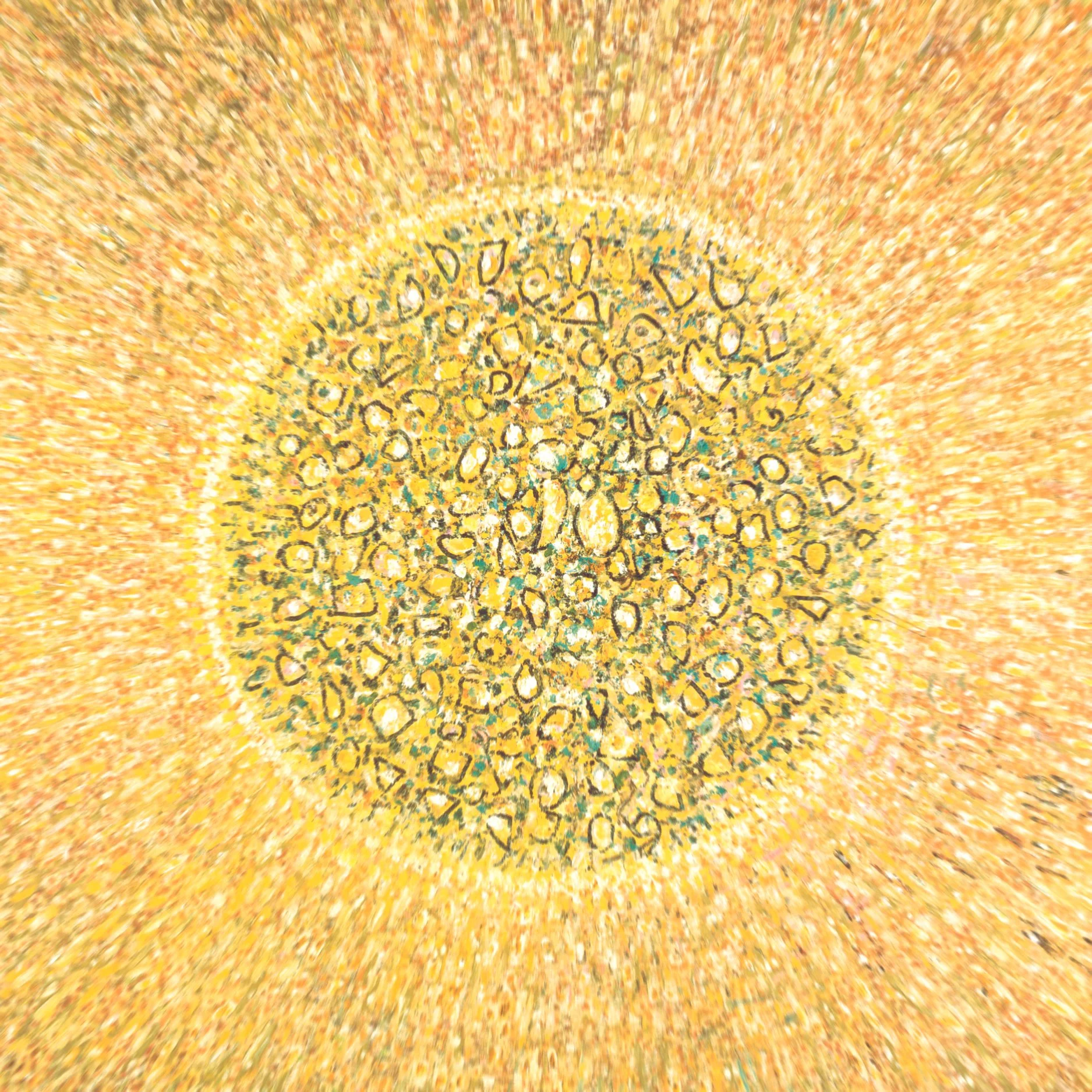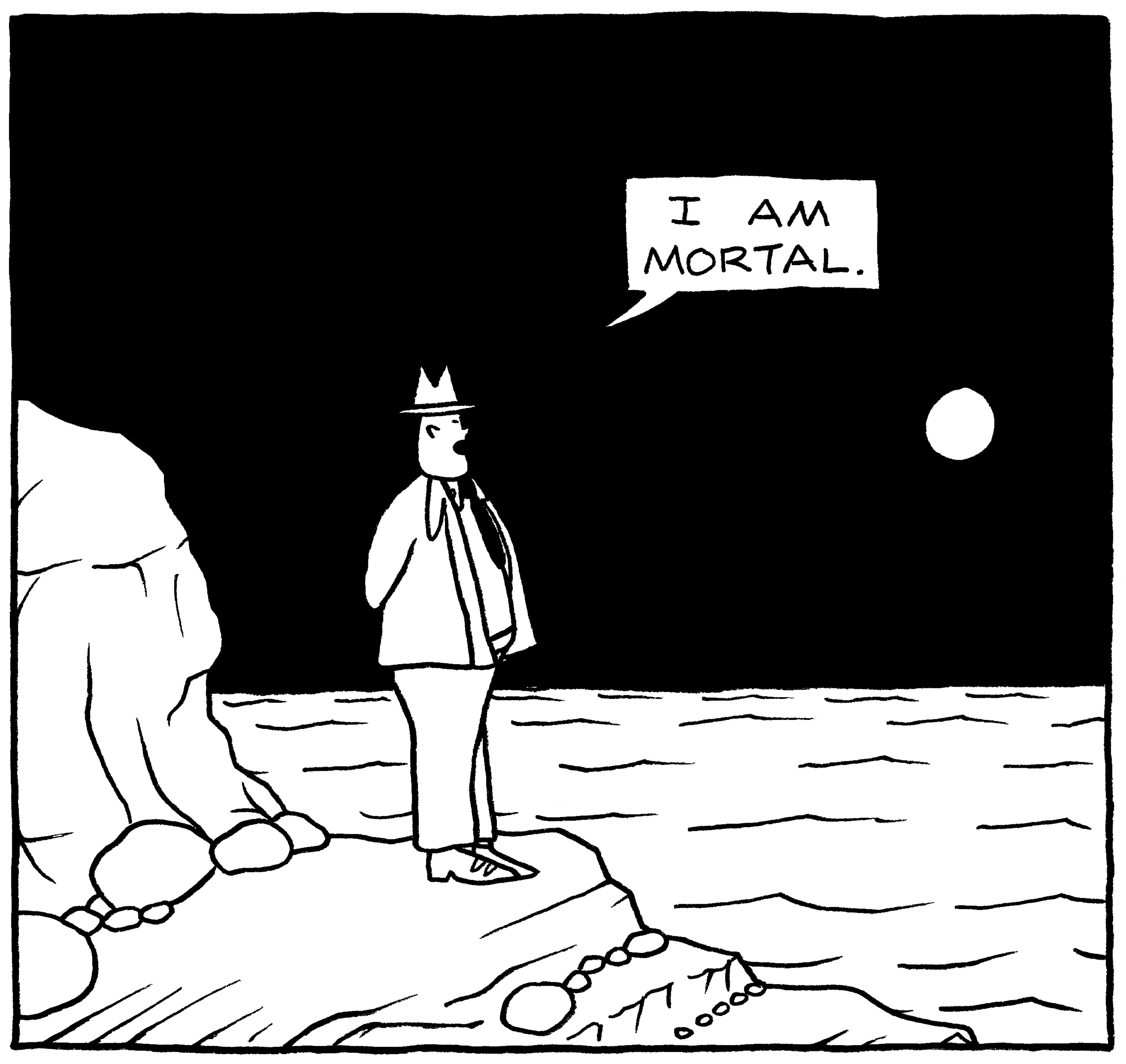Nixon Thirty Years Later
Do we know what film is about today? The ersatz cinema which fills theaters seems to tell us definitively: No. Stone’s film is much more than a cultural product of its time. It’s one of the best films of the 1990s and still has a great deal to teach us about how film works, and what it means to make a political film.
Voluptuous Music
What is really feared in loud music is not the loudness, but the ugliness
Against Art Education
Our art education does not produce artists or critics, but little art historians – worse, librarians! We are what Nietzsche described as “idlers in the garden of knowledge,” individuals with an Alexandrian relationship with art, art as an infinite archive of “works” to be perused, art as mere culture. Our spirit transforms art into artifacts.
“Et in Arcadia ego”
Art occupies a precarious position in society. The artist even more so. One the hand, art is officially sanctioned. It is generally taught, and ‘creativity’ and ‘self-expression’ are almost universally encouraged . . . But the true artist, as Octave declaims in his eulogy on the rock, knows that he “is a misfit, a stranger, a prophet none believe, and to whom none relate.”
paintings and Paintings
There are paintings, and then there are paintings — I’ll capitalize the latter. Anyone who has Seen a Painting will feel the Truth in this distinction, and anyone who has felt the dissatisfaction of merely seeing a mere painting — and who hasn’t? — will either suspect that such a distinction exists or turn away from the work in front of them in search of meaning elsewhere.
Tradition In Sour Times
The musicians’ interpretation of the song seems to combine tradition and modernity, with the brass band itself representing tradition and the adapted song representing the modern, contemporary. However, the brass orchestras appear oddly out of time, unintentionally comical. They seem to be enacting the funeral of what they represent—the postal service as a state enterprise, tradition, and society before globalization. Yet, for centuries, the postal service symbolized progress, innovation, and renewal.
Making Mute Relations Speak
If the forced collision of dramatic characters and public situations is understood as a metaphor for art, then according to Mailand / Innenhof, art’s role seems to be that of a troublemaker. However, the “theoretical and practical creation of situations,” which echoes a situationist self-understanding, doesn’t only target scientific or political events. It also aims at the so-called cultural sector, and thus at itself.
Terre Verte
…what goes beyond the performance as surplus action becomes the real content of the film, its driving purpose. The actors don’t only play a version of themselves in Olho da Rua, they act at their acting as well and in such a way that the indications of confidence or doubt that flash across their features are never so clear. Is the feeling theirs or another’s? Is it real or feigned for the camera? Do they themselves know?
The Round Table and the German Revolution
Rosenfeld’s treatment of Freimuth’s video recording, which is both poetic and critical, follows the notion of the historical materialist as presented by Brecht’s friend Walter Benjamin in his Theses on the Philosophy of History. Film as historical research does not mean recognizing “how it actually was.”
On 80064
I do not like 80064. I do not like watching it over and over again for the purpose of this essay. It’s pornographic raw tape of the unmediated real deal. Bullying an old man is a lazy stand-in for the work of art. It would be better to live in in a world in which this video does not exist. But it does.
The Poetics of Disassembly
In Chu’s film, the dismantling becomes a metaphorical operation: it signifies a disassembly of reality into elements—akin to the montage character of film itself. But does this reveal the true reality of social labor? Hardly, because labor resists representation, both in its social function—as a source of surplus value—and in its everyday individual experience.
Introduction: Fellow Travelers — or — The Artist’s Artists
Trotsky implemented the useful metaphor that art and politics are “fellow travelers". That is, they pursue the same goal of freedom, but by different means.
Have You Ever…
That paintings are to be “looked at” seems hardly worth saying, until you go to the Museum of Modern Art and find that very few of its six-million- visitors-a-year are looking at anything, or — God forbid you should pause in front of something — you get “moved along” by the guards, who may's well be muttering “nothing to see here” while they do it, like cops at a crime scene waving gawkers on.
Judgment Days: A Response to the Kissick and Tatol Articles
The composer La Monte Young remarked that if he doesn't transport his listeners to heaven, he's not doing his job. How many artists today work by such ambitious standards, let alone do their job? What do critics then do when artists go on a disorganized anti-art strike?
Two Photos
There’s something pathetic about contemporary attempts to paint the present as an opportunity for art. Too late! If all it takes to “change” art is a change in the American president, there’s not much there to change. This is indeed an opportunity, but it is a shallow opportunity. If change might so easily be had, why was this opportunity not posed in 2020? Better yet, 2016?
Forgetting What You Know
My entry into art was haphazard. Beyond the general presence of images of art in my home (reproductions of Gauguin, Matisse, and Picasso) and now-forgotten visits to museums at an early age, my first real encounters with art occurred at the movie theater, to which my parents would take me often . . .
A Response to Adam Lehrer’s “The Limits of MAGA Art”
Today, there is really no urgency to reflect on Jon McNaughton’s body of work. Adam Lehrer’s recent article in Compact, “The Limits of MAGA Art,'' stakes this out clearly. There is much less danger to endorsing McNaughton in the midst of a failing Biden presidency than there was at the height of anti-Trump hysteria . . . Why address it at all then?
Donald Judd: Crisis of the Aesthetic
In his writings on cultural objects, Adorno self-consciously employed a prismatic and monadological method. The idea was to approach each cultural object as a monad, as a self-contained entity that, if viewed properly, could prismatically illuminate the character of the social totality. This essay seeks to apply a similar method to a work by Donald Judd: Untitled (1967).
Richard Diebenkorn: “Works on Paper” at L.A. Louver
Ken Collins’s portrait of Richard Diebenkorn, used to promote the recent L.A. Louver show of his works on paper, is peculiar in its emphasis on the distance between the camera and its subject . . .




















